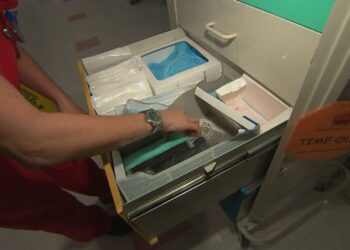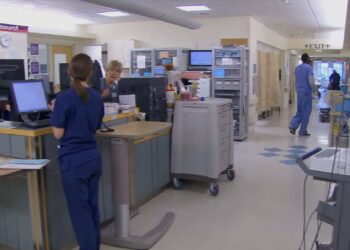WASHINGTON, D.C. – Hurricane Ian caused chaos across Florida last week. The storm brought strong winds, flooding and a huge loss of life, homes and businesses. Before, during and after the hurricane hit, Florida officials worked with NOAA’s “hurricane hunters” to track the storm.
Behind the camera is Nick Underwood, an aerospace engineer for NOAA’s hurricane hunters. The video he captured shows just a snippet of their bumpy ride through Hurricane Ian.
“We descended down to 8,000 feet above the water which is our operational altitude and we made our track and it was definitely the bumpiest flight and turbulent that I’ve been on in my time being a hurricane hunter,” said Underwood.
But when this crew flies, they’re on a mission.
“The spaghetti plot models that you see on TV of all the different tracks the storm can take the data that feeds into those models, a lot of that comes from our aircraft and the instruments that we’re using to collect that data,” said Underwood. “We’re launching instruments that we call drop-ons, which are pretty much weather balloons and reversed they’re collecting temperature, pressure, humidity, wind speed and wind direction data for us. We have radar systems on board that we’re collecting data. So we’re making our pass through we’re getting bounced around but the whole point is to gather that data and improve that forecast as best we can.
It’s a dangerous job but their data can help save lives.
“Our goal is to provide the most up to date and accurate data so those forecast models can be as accurate as possible and the more accurate they are, the better that we can warn people that a storm is headed their way.”
















